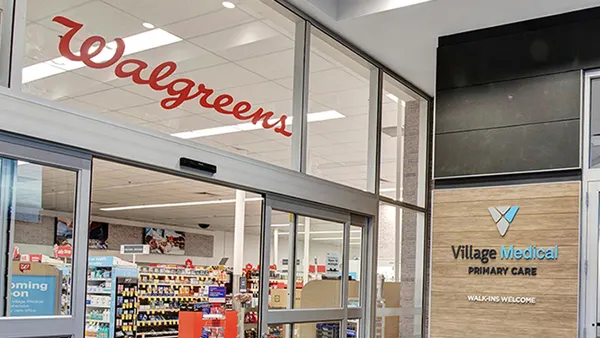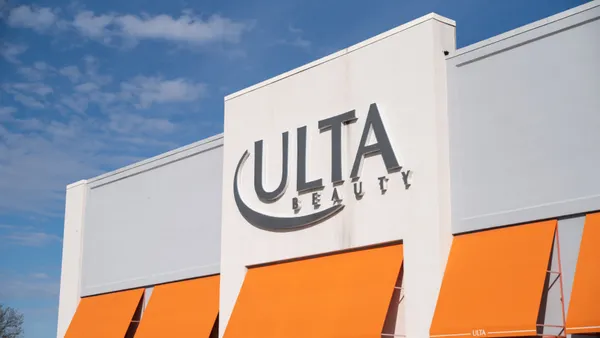Dive Brief:
-
Sally Beauty is expanding a previously announced restructuring plan by cutting jobs mostly at its corporate headquarters in Denton, TX, according to a company press release on Wednesday. The number of job cuts, which will take place across all departments, could not be disclosed, Sally Beauty spokesman Jeff Harkins told Retail Dive.
-
The changes are expected to generate between $14-$15 million in annualized benefits, with benefits in fiscal year 2018 ranging from $6-$7 million related to headcount reductions, Harkins clarified. Other cost savings in "sourcing of product and brands for resale, indirect procurement, store operating expenses and inventory management" will add to that number. The company's overall restructuring charges will be an estimated $28-$30 million, and total annual savings will be $26-$29 million.
-
Savings from cost-cutting initiatives will be reinvested into "market-competitive store wages," technology to improve the customer experience and e-commerce growth, the company said. The company is also doubling down on its commitment to haircare and color, which makes up about half of the assortment now. Harkins said that percentage will increase as the company scales back offerings in appliances like hairdryers and flatirons.
Dive Insight:
Sally Beauty Holdings has expanded significantly since its 1964 founding, using acquisitions of a number of small salon services companies in the U.K., Chile, Canada and other countries to fuel global growth. But now with over 5,000 stores — roughly 900 of them overseas — the wholesaler needs to rein in operations as store traffic dwindles.
After the company's first quarter earnings release in February, Cowen & Co noted in a report that the company's traffic "remains disappointing." First quarter same store sales decreased 2.2%. Consolidated net sales also fell, 0.5% to $995 million in the quarter, compared to the year-ago period. Online sales, though, were up 23% year over year.
The company's restructuring efforts last year were mostly focused on international and North American field operations. After hiring consultants amid a restructure in the fall, Harkins said the company also realized it could consolidate parts of the corporate office to free up cash for investments to boost the business.
Among the most compelling strategies to drive sustainable traffic, Cowen cites: consistent product innovation, focus on e-commerce, updating the store experience to focus on haircare and color, improving the point of sale, and allocating marketing spend where it makes sense (for example sending direct mailers to older demographics and targeting younger customers on social media).
Over the next year or two, e-commerce, which currently only makes up 2% of the business, could hit between 5%-10%, Harkins said. The company has completed retrofitting of warehouses to move away from just store replenishment to accommodate e-commerce orders, he added.
In the fourth quarter, the company closed a few dozen stores, but Harkins said there aren't plans to shutter anymore for the time being. In general, most Sally Beauty stores — which are much smaller than that of the big-box players like Ulta, Target and Walmart — are profitable or break even.
Yet, the company is struggling with issues plaguing many brick-and-mortar chains these days: outdated inventory management, lack of inspiration in stores and increased competition. Roughly half of Sally Beauty stores are made up of private label or exclusive brands with a focus on professional tube color, while the other half are brands of boxed color and other products that can be found at mass retailers like Target, Walmart, CVS and Walgreens.
While beauty mainstays like Ulta and Sephora are having a moment, it's the big-box players that are the fiercest competition for Sally Beauty. Department stores, too, are increasingly dipping into the market. J.C. Penney continues to roll out Sephora shop-in-shops, while Macy's is adding more Bluemercury outposts to stores in an effort to drive traffic. If Sally Beauty hopes to compete, improving stores will be a critical component.













